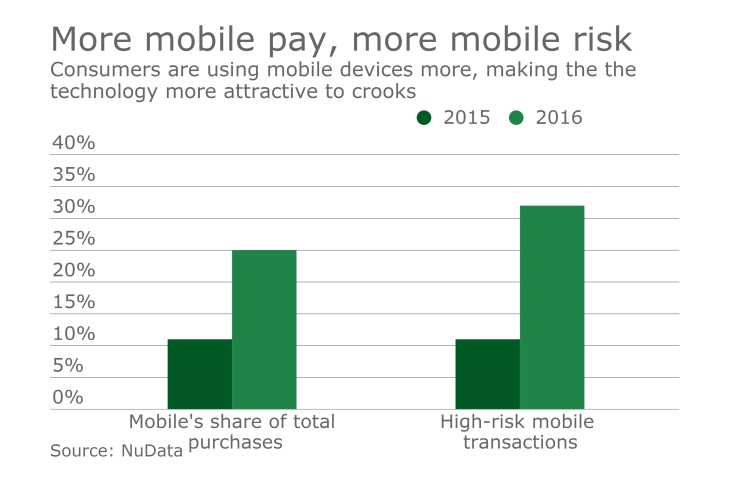Issuers and customers are well-informed about many cybersecurity risks around mobile, but even cyber-savvy consumers are falling victim to sophisticated social-driven phishing attacks that look and feel like a legitimate brand.
Here’s how it works:
What’s particularly traumatic about this type of attack for the victims is that they can be held responsible for account losses because they themselves willingly disclosed their credentials to a third party.

Would-be thieves have long used phishing schemes to capture credentials and personally identifiable information (PII), but impersonating a card issuer's customer care function on social media is a dangerous new twist that could indicate the beginning of a growing trend toward brand impersonation and account takeover crime originating from social channels.
It’s important to keep in mind the point of these attacks for the fraudsters are to acquire user credentials to take over customer accounts. The Auriemma Group reported in 2015 that
Clearly, better consumer education is imperative.
Usernames and passwords are a static, outmoded and an inherently vulnerable approach to security. Many institutions are moving to multiple-factor authentication methods, in particular, passive biometrics and behavioral analytics – a nuanced approach to authentication that constantly evaluates contextual information about customer interactions to continually, passively authenticate them in real-time with no pre-enrollment processes.
Passive biometric authentication can restore the customer’s trust in online channels while adding real security to the login process, without adding friction – a true win/win for everyone but the would-be fraudster.





